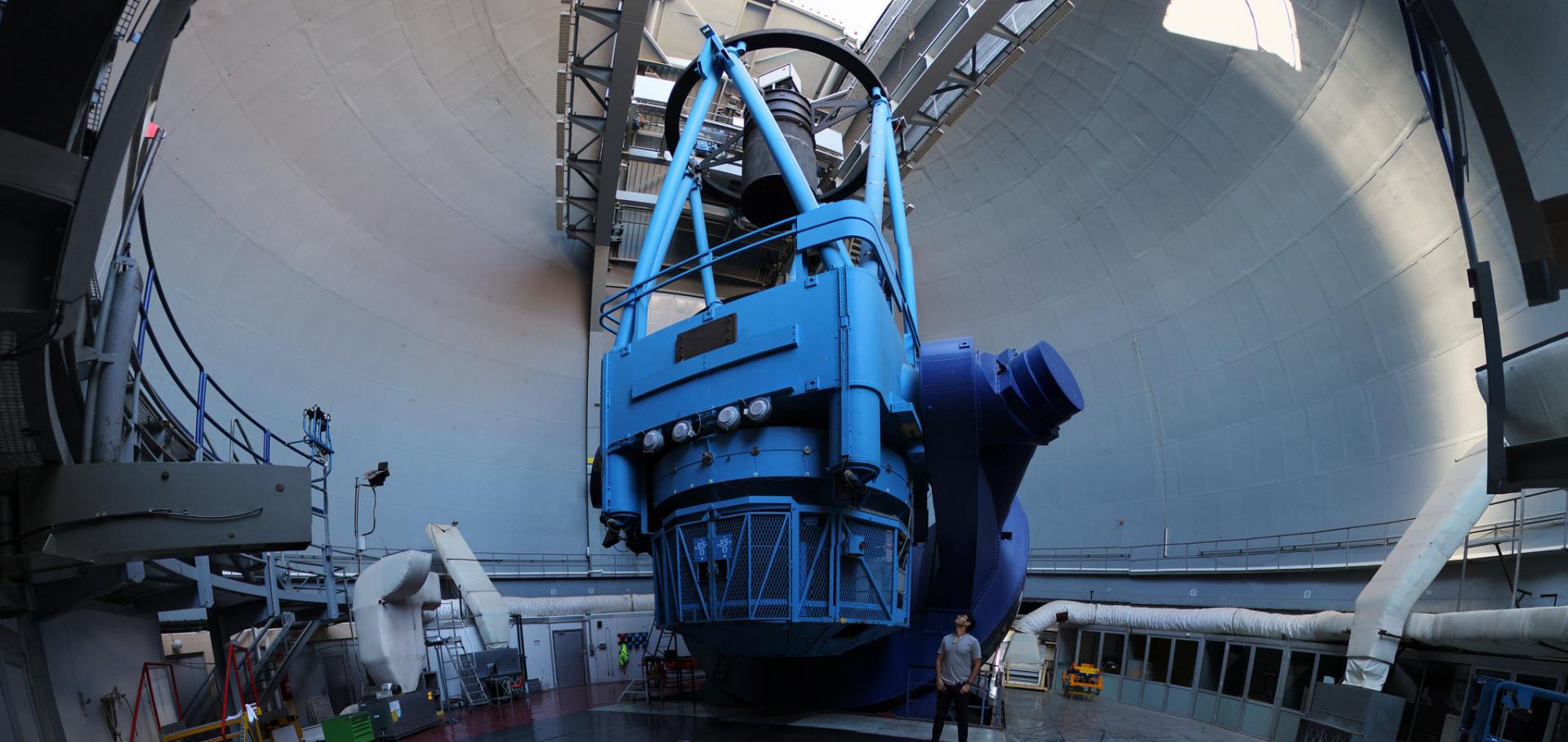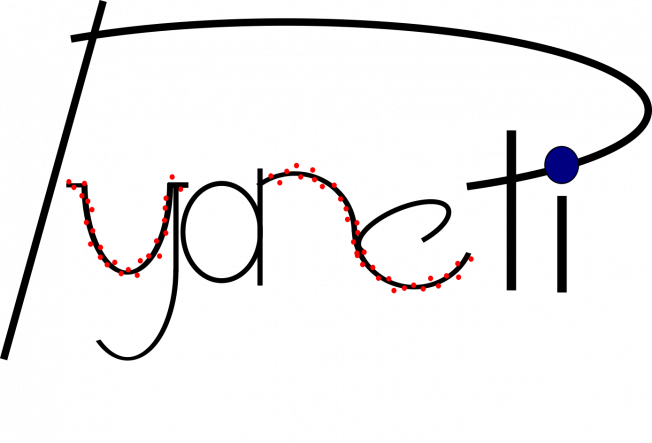Escaping Helium from TOI 560.01, a Young Mini-Neptune
The Astronomical Journal American Astronomical Society 163:2 (2022) 67
K2-99 revisited: a non-inflated warm Jupiter, and a temperate giant planet on a 522-d orbit around a subgiant
Monthly Notices of the Royal Astronomical Society Oxford University Press (OUP) 510:4 (2022) 5035-5049
A New Third Planet and the Dynamical Architecture of the HD33142 HD 33142 Planetary System
ASTRONOMICAL JOURNAL 164:4 (2022) ARTN 156
Transit timings variations in the three-planet system: TOI-270
Monthly Notices of the Royal Astronomical Society Oxford University Press 510:4 (2021) 5464-5485
Abstract:
We present ground- and space-based photometric observations of TOI-270 (L231-32), a system of three transiting planets consisting of one super-Earth and two sub-Neptunes discovered by TESS around a bright (K-mag = 8.25) M3V dwarf. The planets orbit near low-order mean-motion resonances (5:3 and 2:1) and are thus expected to exhibit large transit timing variations (TTVs). Following an extensive observing campaign using eight different observatories between 2018 and 2020, we now report a clear detection of TTVs for planets c and d, with amplitudes of ∼10 min and a super-period of ∼3 yr, as well as significantly refined estimates of the radii and mean orbital periods of all three planets. Dynamical modelling of the TTVs alone puts strong constraints on the mass ratio of planets c and d and on their eccentricities. When incorporating recently published constraints from radial velocity observations, we obtain masses of Mb=1.48± 0.18, M⊕, Mc=6.20± 0.31, M⊕, and Md=4.20± 0.16, M⊕ for planets b, c, and d, respectively. We also detect small but significant eccentricities for all three planets: eb = 0.0167 ± 0.0084, ec = 0.0044 ± 0.0006, and ed = 0.0066 ± 0.0020. Our findings imply an Earth-like rocky composition for the inner planet, and Earth-like cores with an additional He/H2O atmosphere for the outer two. TOI-270 is now one of the best constrained systems of small transiting planets, and it remains an excellent target for atmospheric characterization.GJ 367b: A dense, ultrashort-period sub-Earth planet transiting a nearby red dwarf star
Science American Association for the Advancement of Science (AAAS) 374:6572 (2021) 1271-1275



